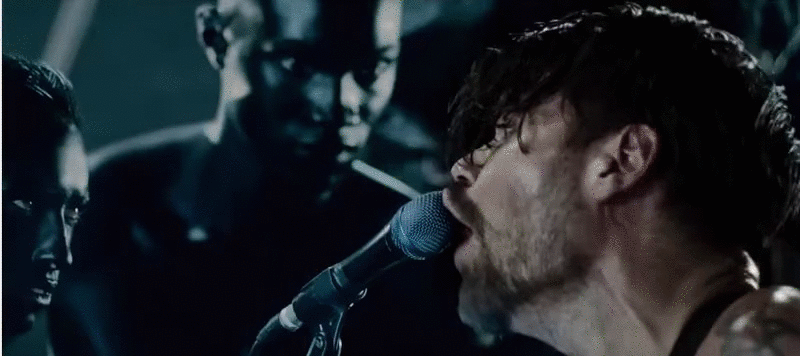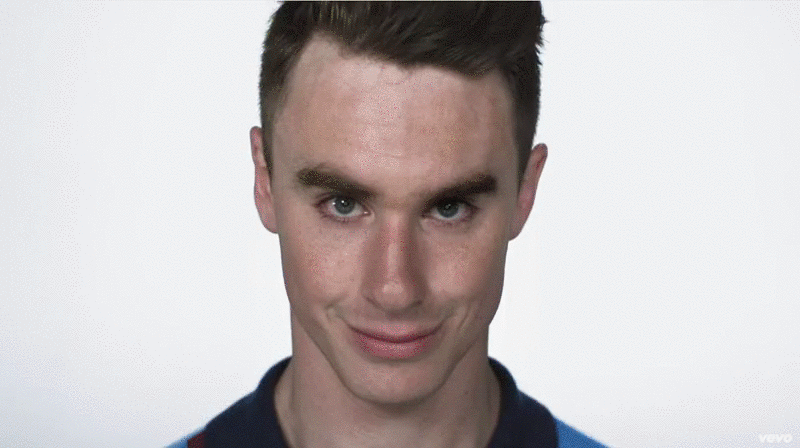I can also give my actors a copy of the shot list, so they know what they need to be doing in each shot. I will include a range of different columns, which show different information. Here are what I plan to include:
- Type of shot- This will remind me what sort of shot I planned when I'm at location. Although I will only put one shot on my Shot List, I will probably take a range when filming to ensure that I have alternatives if it doesn't have the effect I wanted it too when editing.
- Actor- This will show me exactly who I need in each shot. However, when looking at my Animatic, my main actor will be in almost all of my shots, so this column might not be that useful.
- Location- This will be useful if I am filming at multiple locations, as I can clearly see what shots I need at each location. This will allow me to save time, and not have to repeatedly think about what shots I need.
- Description- This column will include one or two sentences on what happens in each shot. This will be useful to me, as I can check what is needed for each shot. It will also be useful for my actor(s) as they know what they need to be doing in each scene.
My Shot List
Shots Key:
ES- Establishing Shot
CU- Close Up
OTS- Over the Shoulder
MS- Mid Shot
Here is my finished Shot List. The shot list will allow me to stay organised when I am filming, and quickly see what shots I need at each location. I also included the timing of when each shot will play to help me when it comes to the Post-Production Stage. However, I may not stick exactly to my shot list if the shots don't have the effect I intended for them to have.

















































